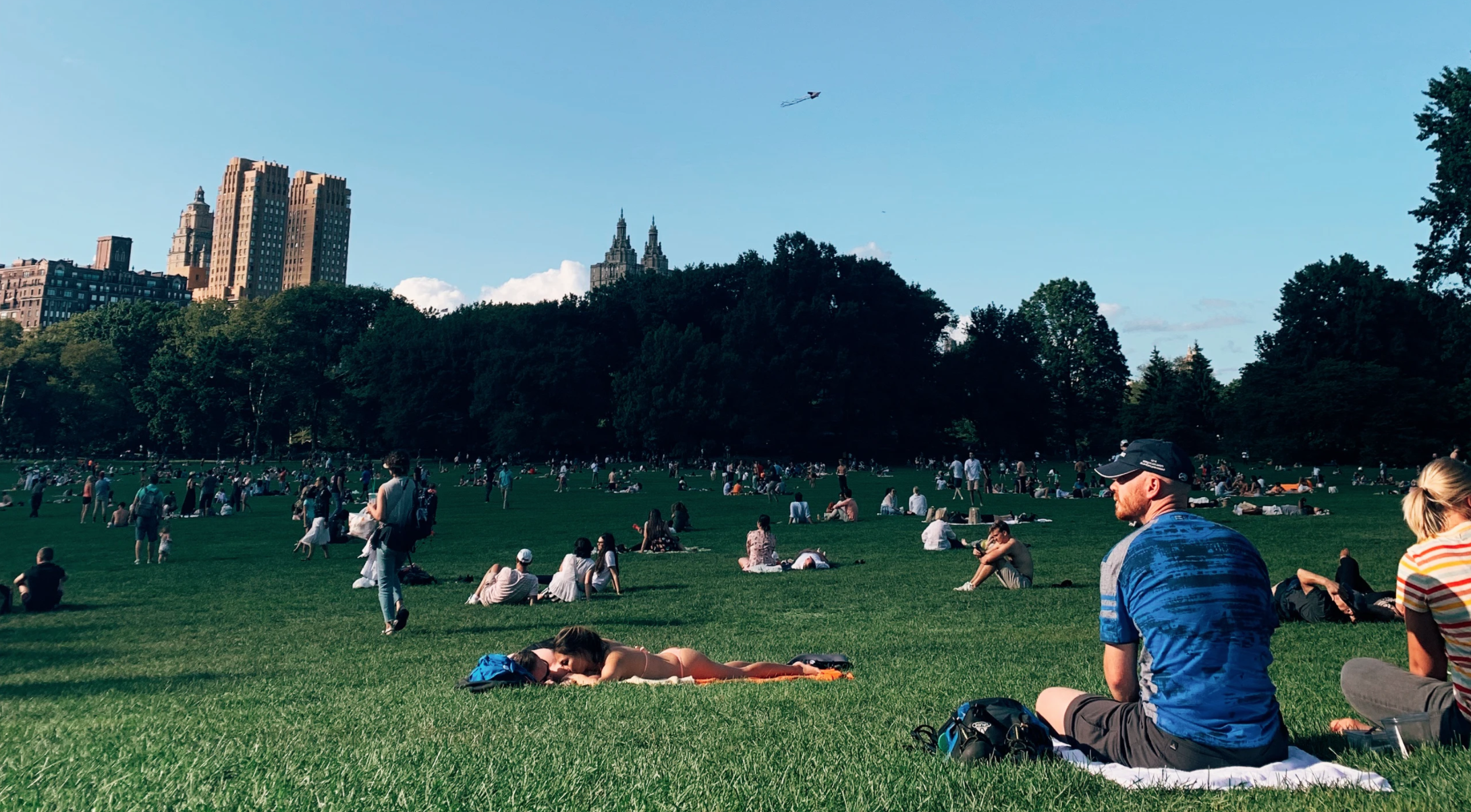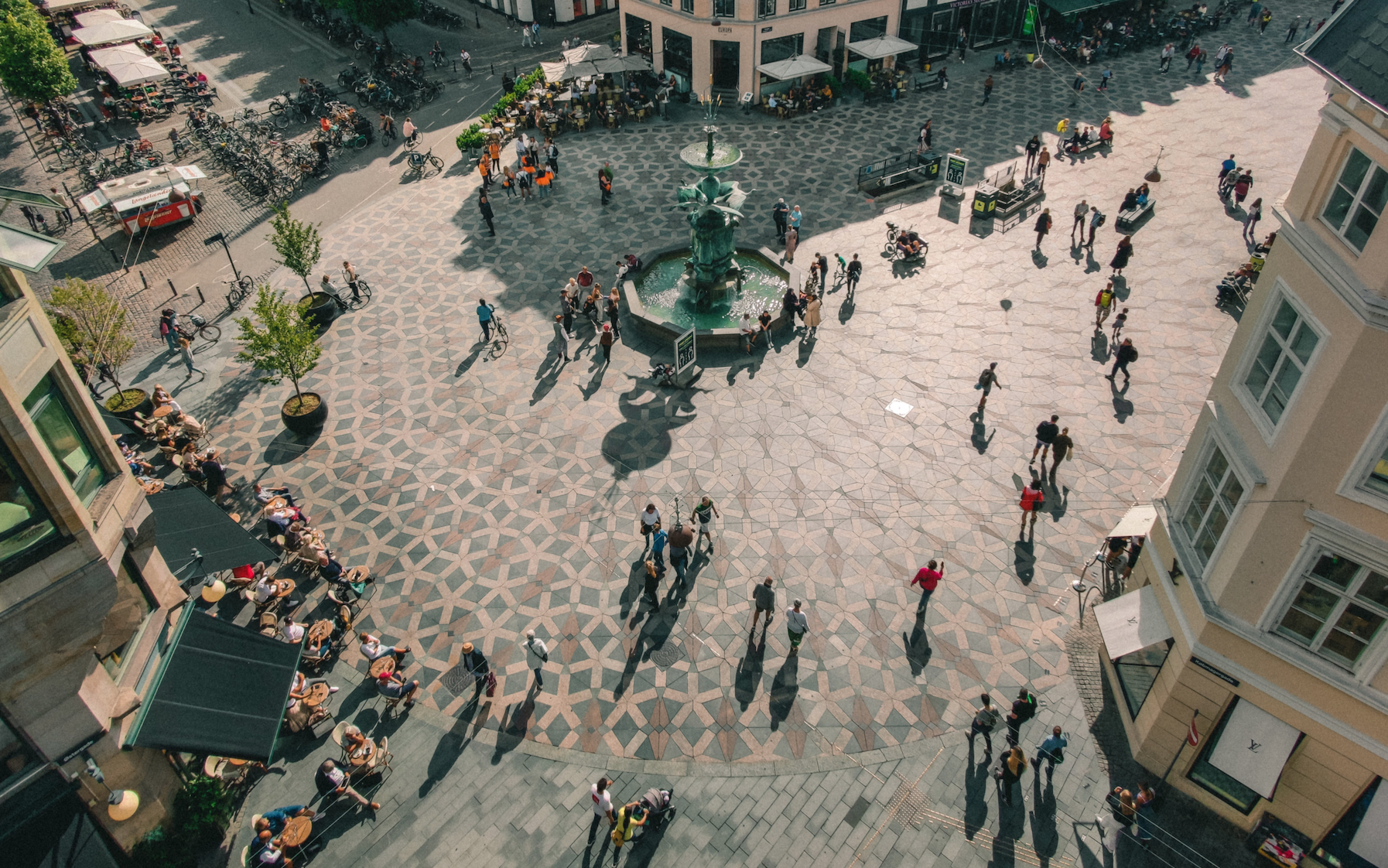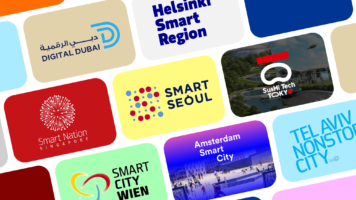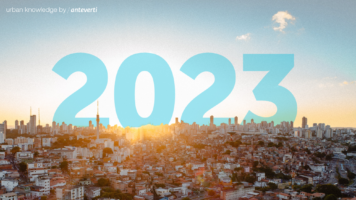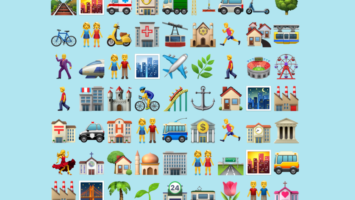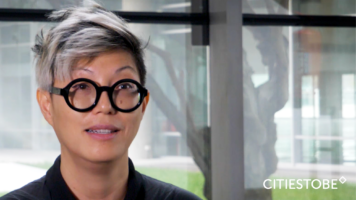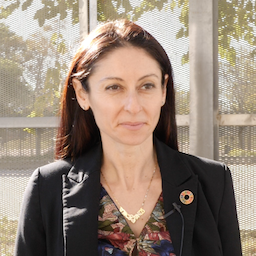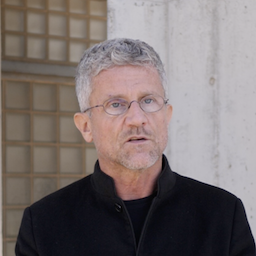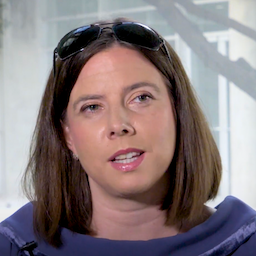The indispensability of urban innovation: 5 examples on how it has proven crucial for cities to face the Covid-19 crisis
By | 2021
This article about urban innovation after Covid-19 is part of the series
‘One Year After: Urban Learnings from a year of pandemic’
— by anteverti team
Over the last 10 years, urban innovation has been in the public eye. For many, it may have seemed just a trend or a new buzzword: an attractive concept, but somehow empty of real meaning. In the past year, however, and in front of the Covid-19 pandemic, urban innovation has doubtlessly proven its real value.
In order to face the serious challenges arisen by the pandemic, cities have relied on innovation more than ever, to come up with new ideas and solutions. And when we say “innovation”, we mean it in the widest of its senses. That is, implying not just the use of high technology, but also low tech; behavioural and cultural changes; new ways of approaching things and thinking out of the box.
In this article, we aim to emphasise the real value of urban innovation and demonstrate, through a series of examples, how crucial it has been for cities to go through the Covid-19 crisis. We now hope the positive impact innovation has had through this year on many spheres of urban life remains, and we use it as an igniter to start making things better in our cities.


More human-centred public spaces
The use of public spaces in cities has changed after most of the world was in lockdown and unprecedented restrictions on the use of these spaces were implemented. People have changed their habits and have restricted their outdoor activities. Additionally, many public installations are intermittently closed, which hinders daily habits and city life. After the lockdown and stay-at-home measures, people are back on the streets and realise there are not enough public spaces for them or the existing ones do not ensure physical distancing, going back to the issue of the 20th Century: cities have been designed mostly for vehicles.
In this sense, one key point is the necessity to increase the public space for people, and many cities are already working on it. For example, Milan has widened its pavements and New York has implemented car-free areas for the sake of pedestrians and sustainability. These projects are now being accelerated to allow a greater public life with enough physical distancing. Following this, some cities like Barcelona are allowing schools or restaurants to use parking bays to extend their space to benefit social interactions such as providing a new playground for children or drinking coffee on a terrace. These changes have proved that human-centred public spaces are possible in cities — and that they bring multiple benefits. Hopefully, these innovations will not be temporary, and they will serve as catalysts towards a permanent shift to sustainable cities with public spaces for people.

The rise of active and sustainable mobility
One of the main impacts of Covid-19 has been the change in mobility patterns. All mobility has been significantly reduced by lockdown, and for those still traveling, they have changed their transport behaviours in order to reduce the risk of infection. One of the most affected has been public transport, as people limited their usage because it does not always guarantee safe physical distancing. This has produced an increased dependency on private mobility, but also an increase in more sustainable transports options, such as walking, cycling, and micromobility systems.
Throughout the last few years, we have seen a big rise in bike use. Now, we can see more and more innovative transport systems circulating around the city everyday, such as electric scooters, onewheels or electric skateboards. Those are micromobility devices, a range of small, lightweight vehicles operating at low speeds. Simultaneously, the pandemic has heightened environmental awareness towards the population, and now people are more committed to changing their own behaviour to advance towards sustainability.
Those two factors combined together, the innovation around new mobility systems and this change of perception about sustainability, represent a great opportunity for cities to accelerate the transition towards certain modes of transport that have a positive effect on the environment. Although some cities are still reluctant to regulate these new modes, this situation is a chance to overcome these barriers and work on new forms of regulation, allocating more public space to these new forms of active and sustainable mobility.

(Re)thinking the future of housing
Due to the lockdown Covid-19 brought, the discussion on decent and affordable housing has become more crucial than ever. Overall, the stay-in measures have unleashed the real need for decent housing for all, highlighting the problem of the poor housing conditions many people live in, especially in cities. Among the middle-class, there has also been a shift regarding what to look for in a house: bigger and open spaces like terraces or gardens are preferred. In this sense, there is a new tendency in urban sprawl as some people are thinking about moving out of big cities to get a better quality of life.
These tendencies entail new opportunities. Firstly, it brings an opportunity for cities to come up with innovative regulations to address the issue of access to decent and affordable housing. Secondly, it also brings the chance to think of new innovative forms of housing in cities, being a blank canvas for the design of post-Covid construction. An example of this is the project led by Guallart Architects in Xiong’an New Area (China), which pursues the idea of livable blocks with open space and necessary infrastructures, creating self-sufficient communities (with their own facilities: orchards, markets, schools, administrative centres, offices, shops, etc.).

Reinventing Public Services for a new era
Covid-19 has shown us the need to invest in the digitalization and improvement of Public Services. Specifically, it has revealed that our Public Administrations are still not as efficient as they should be, and that the need for improvement and innovation is present and very real. Digital transformation, as a form of innovation, is a tool that can help them improve their functioning. In this context, governments that had been consistently developing and improving digital services have responded to the Covid-19 emergency better, such as South Korea’s response focused on public health measures, remote education and work, and digital government system in contact tracing and open data management.
Through this pandemic, public services have experienced the largest turbulence in recent history. However, this has brought us many opportunities, since the current situation calls for an innovative approach focused on the greater simplification of all public services and procedures. For example, it has been a chance for reshaping and improving two of the most affected systems: education and healthcare. In the area of education, lots of different innovative solutions and digital learning tools have already been developed. Regarding health, innovative digital health solutions can offer a better quality of care and increase the efficiency of healthcare systems.
Hence, this new consciousness and perspective along with all the innovative technologies bring us the opportunity to work towards the improvement of all public services, making them more efficient, accessible, flexible, and less bureaucratic.

Digital is good, but real is better
In the last year, isolation has become the biggest part of the new normality for everyone. Owed to the pandemic, people have become scared of human contact, and governments from all around the world have created policies to avoid human interaction in order to prevent the expansion of the virus. This has had a massive impact on our lives, since all our social relations have been cut out: we could no longer visit our loved ones, go to bars, restaurants, museums, concerts or do any other activity implying people gathering together.
In front of this hard situation, technologies have helped massively in making isolation much more bearable. Platforms like Skype, Zoom, or Teams among others, helped keep virtual relations between people. This has of course, been a great advancement. In previous pandemics in history, people never had the opportunity to keep in touch and see each other as much as we have. However, it got to a point when our whole daily routine — whether they were work meetings, exercising, family & friends gatherings, shopping, or any other action — was taking place in the virtual world. We passed from having some interactions online, to having an “on-life”.
So, as much as we should thank new technologies for having made our lockdown experience much more bearable, we have realized — after a decade obsessing with digitalization and virtual reality — that there is nothing like physical human interaction. Hopefully, this whole experience will lead us to a not-so-popular but even more important innovation: to reset our priorities, and never forget what are the things that really matter.
All images featured in this post are licensed under the Unsplash License as royalty free photos.

Want to speak
to our experts?
Drop us a line!
About the authors
Cristina Garrido is the CEO of Anteverti, director of CitiesToBe – Anteverti's knowledge platform, and curator of the international spin-offs of the Smart City Expo World Congress, with more than 18 years of global experience advising cities, companies, and other institutions in creating their strategic vision and developing it through innovation, creativity, management, and communication.
Cristina is a regular speaker and keynote at international conferences organized by the UN, OECD, European Commission, Urban Land Institute, and the Seoul Leaders Forum. She writes for numerous publications and has been an associate professor at the Universitat Oberta de Catalunya. She holds a Master's in Urban Sociology from Goldsmiths, University of London, completed the Ignite program in Business Innovation at the Stanford Graduate School of Business, and a BA in Visual Arts.
With a background in arts and urban studies, Cristina's expertise focuses on how innovation can be a tool for improvement, sustainability and strategic development of cities. She has written for several publications and, up until 2017, was an Associate Lecturer at the Universitat Oberta de Catalunya (UOC).
Mireia Tudurí is an expert in globalization, sustainable development and migrations. She has been working at Anteverti since 2018 as a consultant in the framework of several local projects, advising institutions such as the City Council of Barcelona or the Provincial Council of Barcelona. At the same time, Mireia works as Programme Coordinator of the editions of the Smart City Expo held abroad.
Before joining Anteverti, Mireia worked for the Barcelona Global association, where she collaborated in projects related to the attraction of talent and economic activity in Barcelona - with both an international and local approach -, as well as in communication tasks with the members of the association.
Mireia Tudurí holds a BA in Applied Languages (Universitat Pompeu Fabra and University of Westminster) and a Master in International Relations (IBEI).
Anna González is an expert in mobility, urban innovation, and citizen participation with over 8 years of experience leading studies and consulting projects. She is an economist with a master's degree in Territorial Planning and Environmental Management, and she has training in gender equality, project management, and urban cycling planning.
Since 2020, Anna has been advising local and international institutions and managing events at Anteverti, where she has contributed to the development of the Digital Future Society initiative and the Smart City Expo World Congress in Barcelona, as well as coordinating the program of its several international spin-offs in Qatar and Argentina. Previously, she worked at the URBANing consultancy.


